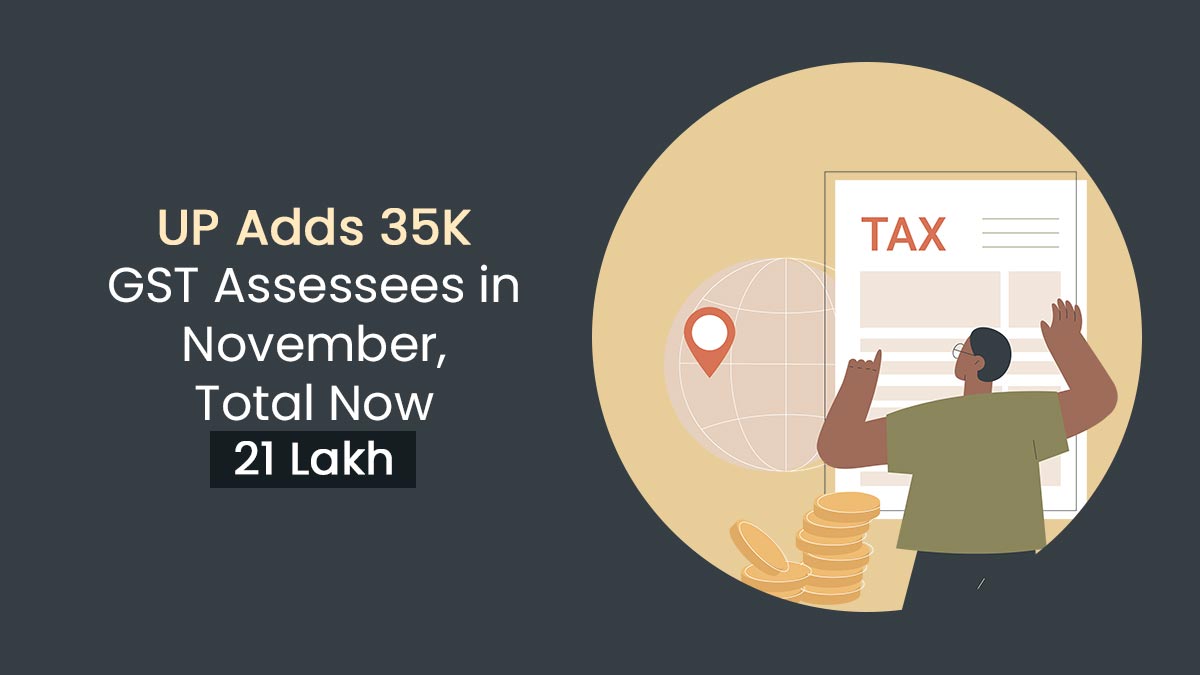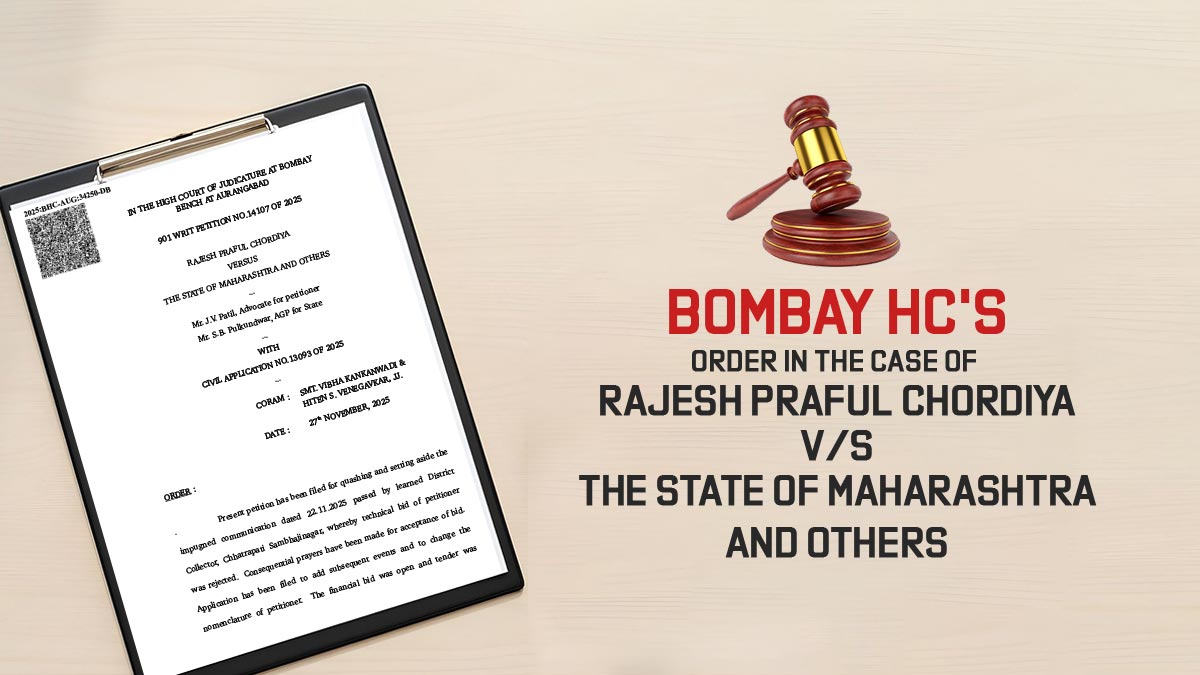
Smartphone manufacturers are optimistic about a recovery in demand, driven by tax relief in the budget 2023-24 that should encourage middle-class customers to purchase more gadgets.
Experts in the market predicted that shipments, especially in the entry-level market, might increase by as much as 3%.
Tax experts stated that Consumption demand and industrial growth across sectors would increase due to a number of factors, including income tax reduction for the middle class and the newly announced Rs 10 lakh crore government capital allocation.
The income eligible for a refund would be enhanced from Rs 5 lakh to Rs 7 lakh annually, while the maximum surcharge would be decreased for the highest income bands, according to the government’s revised income tax return slabs under the new regime for FY24.
The new tax system now allows for a standard deduction, which is an additional advantage that might provide middle-class taxpayers with more disposable income.
All taxpayers would benefit from the proposed increased tariffs, and the additional savings will increase smartphone purchases, Demand Crunch.
However, several market trackers are still concerned about the demand resurgence problem, which has dogged the sector since Q2 of 2022 and is anticipated to last through the first half of this year.
Savings, in my opinion, will be used to cover rises in the cost of living because there is already concern about a global recession and the potential for more price increases.
Without more alternatives for consumers that are more affordable, he continued, the entry-level market would continue to have poor demand. We are concentrating more on exports and domestic manufacturing, but we are not considering how to increase demand in the gadgets sector, where there is still room for growth.
However, Tarun Pathak, research director at Counterpoint, predicts that the tax credit will propel a 2 to 3-per cent expansion in the smartphone market.
Read Also: 5th Union Budget 2023-24 Updates on Income Tax & GST
Low demand has had the greatest impact on the entry-level market, whereas the luxury one had double-digit growth, according to Pathak. According to him, the income slabs for which assistance has been granted directly correspond to the entry tier, where volume increase may occur.
Prior to 2022, the category with prices under Rs 10,000 per unit attracted 33% of volumes. We might expect a net increase of 7-8 million units in that market as a result of the income tax reform, according to Pathak.
Navkendar Singh of IDC India anticipates that the tax reduction would somewhat boost demand, but he is still dubious about price increases this year that might not have an impact on upgrade cycles. Since there is little activity in the sub-Rs 15,000 categories, people are yet compelled to purchase more expensive products.









